
One of the challenges for buyers considering an electric car is the breaking of old habits.
For most people, adding driving range to your vehicle has been as simple as visiting a fuel station for a quick refill and getting back on the road within minutes.
If you're transitioning to an electric vehicle, it's going to take time to adjust to the 'new normal' of topping up your car. Charging is still slower than pouring liquid fuel into the tank, but it's improving over time.
While charging an electric vehicle is simple, there are several ways to do it that involve different charging times and costs.
One of the first things you’ll hear about when it comes to plugging in an EV is the different levels of charging. This can be broken down into three categories – Levels 1, 2 and 3.
JUMP AHEAD
For many buyers, the overall process of keeping an EV charged can be a significantly more convenient experience over refuelling a conventional car. Let's see how.
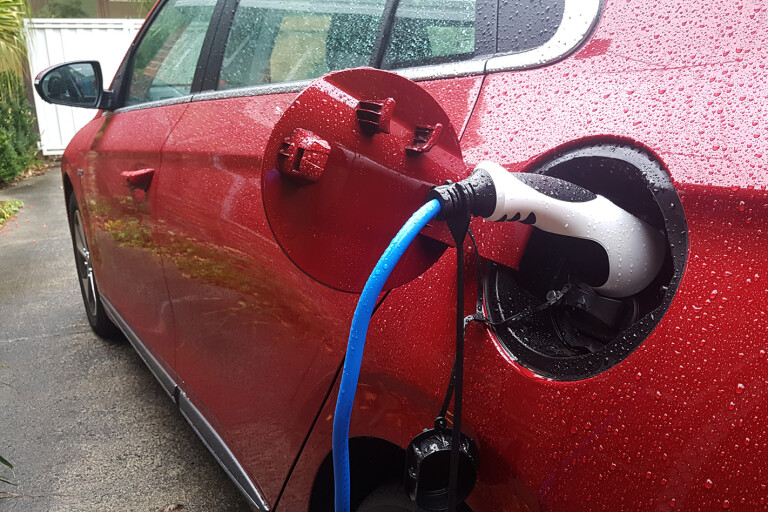
🔌 Level 1: AC trickle charging
This is the most basic home or destination charging option, where you plug the car into a standard 240V AC (alternating current) socket.
While convenient, this is the slowest method, offering only about 2.0kW of power through a normal 10A socket. This means it can take from four to 50 hours to charge your car, depending on the battery size.
🔢 How to work out Level 1 charging time for battery capacity
Calculating this is quite simple – just divide the battery capacity (kWh) by the charging rate to gain an approximate time. For a Level 1 charger, this rate is typically 2.0kW. For example:
- The new Mitsubishi Outlander PHEV has a 20kWh battery - divide that by two and you get about ten hours.
- The Tesla Model 3’s 57.5kWh usable battery takes about 29 hours.
- The Mercedes EQC 400’s 80kWh usable battery will take about 40 hours.
There’s also a more accurate formula: divide the battery capacity (kWh) by the charging power speed (kW).
Of course, these times will be less if the battery is already partially charged – a 50 per cent charge will require half the time, which is why it’s a good idea to top up whenever possible.
🔢 How to work out EV charging times for distance
If you want to know how long you’ll need to charge your car to travel a certain distance, the charging power in kW is the same value as the kilometres you’ll get from 10 minutes of charging.
For example, if you are using a 2.0kW Level 1 charger you will get around two kilometres for every 10 minutes of charging.
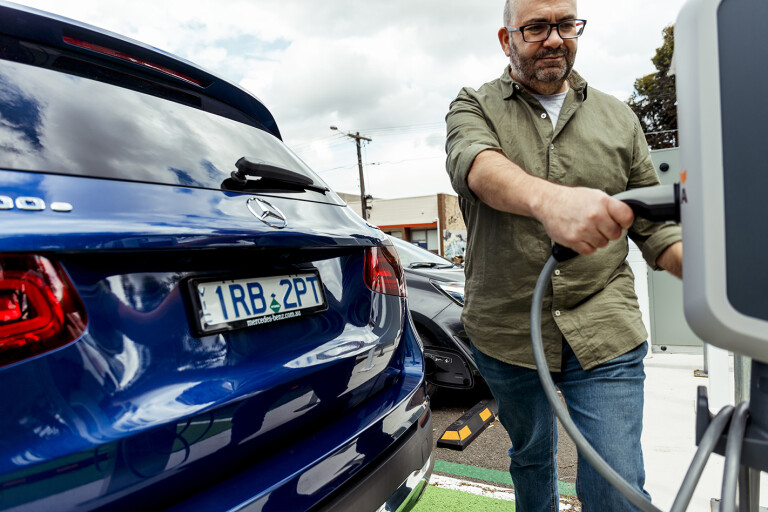
🔌 Level 2 - AC fast charging
While Level 1 charging will usually be convenient for plug-in-hybrids that can be fully topped up overnight, you might need something faster for a battery-electric vehicle (BEV) with a much bigger battery – if you need to utilise the full driving range capabilities every day (200 to 700km depending on model).
The good news
- There's a quicker home option by installing a Level 2 (wall-box) charger, which increases the single-phase charging power to 7.2kW.
A Level 2 unit brings charging times down considerably, with the Mitsubishi Outlander PHEV gaining a full charge from empty in 6.5 hours, and the Tesla Model 3 and Mercedes-Benz EQC at around 8 and 11 hours respectively.
And you’ll get a 7.2km travel range for every 10 minutes, meaning about 43km after an hour's charging – which is enough for the average Aussie commute.
A 7.2kW Level 2 charging unit works off standard 240V single-phase wiring with the wall-box costing around $1000 to $1500 dollars plus installation, which is pretty good value considering what you pay for a full set of tyres or new car options such as a sunroof.
Level 2 charging can also increase to 11kW or up to 22kW capacity if you have 415V three-phase power available.
Since most EVs are limited to charging a maximum of 11kW AC only (via the ‘onboard charger’ inverter), you can get 11km for every 10 minutes of charging, so an hour on the plug will yield about 66km of range. A limited number of models are capable of 22kW, such as the BMW iX1 as standard, and available on the Mercedes-Benz EQE and Porsche Taycan.
You’ll also find many public charging points are Level 2 (7.2kW, 11kW or 22kW), so be sure you know what capacity they are before you drive to them if time is important.
They may also require your own Type 2 to Type 2 (Mode 3) portable charging cable, which is usually a separate accessory purchase for around $200 to $500.
It's worth noting that most PHEV models, because of their smaller battery capacity and battery management systems, will only charge at a maximum rate of 3.6kW or 7.6kW even when using a 22kW AC charger.
GET Electric has also opened its own hub of 22kW chargers in Port Melbourne, giving nearby EV owners an option for a top-up – particularly those living in the area's high-density apartment towers.

🔌 Level 3 - DC rapid charging
Charging capacity ranges from 50kW on a rapid charger up to 350kW on an ultra-rapid unit.
These are the public DC chargers (480V/direct current), including Tesla Superchargers, that are crucial in making EVs viable for driving long distances with little downtime for charging.
It’s worth noting that lower-capacity EVs, such as plug-in hybrids and the Nissan Leaf, MG ZS EV and Lexus UX300e can use 350kW chargers, but will still only charge at a rate of about 50kW. Similarly, the BYD Atto 3, MG ZS EV, and GWM Ora are limited to between 60 to 90kW DC.
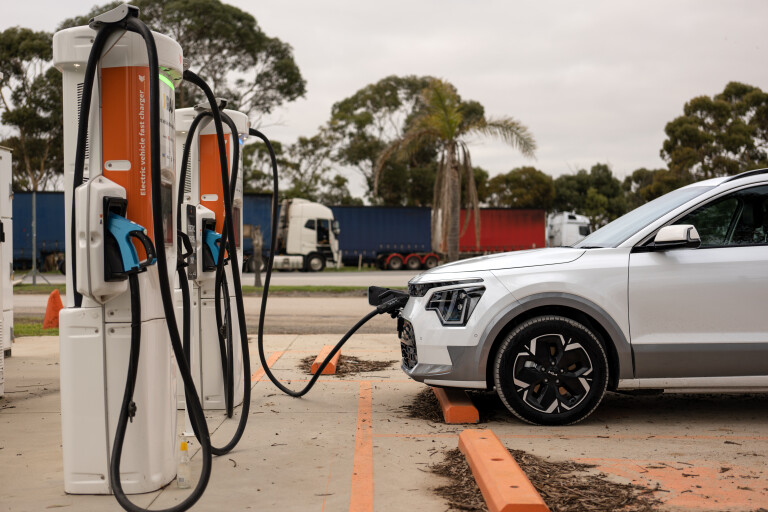
Higher-capacity models such as the standard range Polestar 2, Tesla Model Y RWD and Mercedes-Benz EQA, have a maximum charging capacity of around 100 to 150kW – which brings more than 100km every 10 minutes.
New-generation 800V architectures allow even faster charging, with models like the Porsche Taycan, Audi E-Tron GT, Hyundai Ioniq 5 and Kia EV6 capable – in the right circumstances – of charging from 10 to 80 per cent in under 30 minutes.
Most PHEV models can only connect to AC chargers, but the Mitsubishi Eclipse Cross PHEV, Outlander PHEV, Mercedes-Benz A-Class PHEV (optionally), and Range Rover PHEV line-up can charge via either AC and DC power.
⏱️ 0-80 per cent charge time
You may have noticed carmakers often provide a DC charging time based on a battery being charged up to 80 per cent instead of 100 per cent.
This is because the internal resistance of a battery rises as the state of charge increases. In other words, the more the battery is charged the slower and less efficient it is to keep charging it. Charging past 80 per cent also isn’t healthy for typical lithium-ion batteries.
As a result, charging is quickest when the battery is flat. After an initial burst, the charger settles into a constant rate until the battery reaches about 80 per cent full.
After that, the charging slows again – partly due to the decreased efficiency and to prevent the battery from being damaged by overheating or overcharging.
The time it takes to charge between 80 and 100 per cent can vary based on a number of factors, such as battery heat. This is why carmakers can calculate how quickly the battery will reach 80 per cent, but can't provide a definitive time for a full charge.
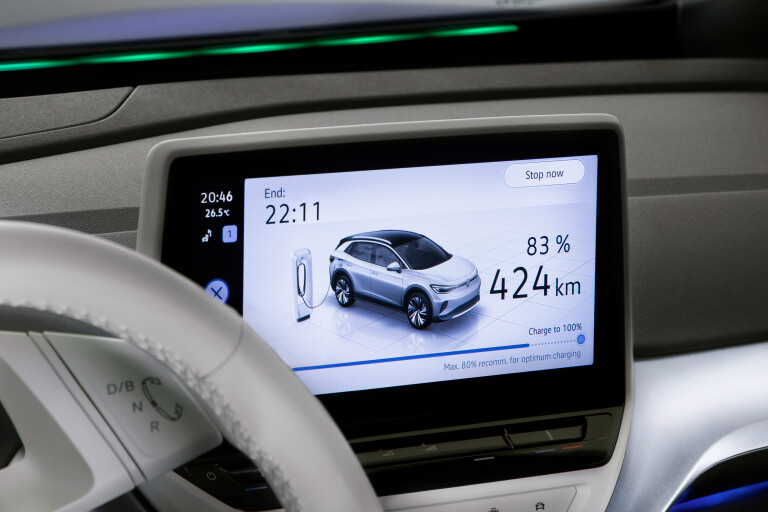
🔌 EV charging plugs and sockets
As we’ve seen with mobile phones, there are different kinds of EV plugs and sockets, which threatened to make the rolling out of charging networks quite complicated.
The good news for Australian drivers is there is now a standard for AC charging; but it's a different matter when it comes to DC rapid charging.

1️⃣ Type 1 AC
Also referred to as J1772 or SAE J1772, this is the standard AC-plug in North America and Japan, and is found in Australia on pre-2019 Mitsubishi Outlander PHEVs, first-generation Nissan Leafs, and older BMW i3s.
It has a five-pin design. The two small pins connect data between the car and charger to determine the maximum current available to the vehicle – which prevents the car from moving while still connected.
The three larger pins are for the 110/240V AC power connection, including the earth. Because there are few public chargers with Type 1 plugs, a Type 2 adapter accessory is available to purchase.
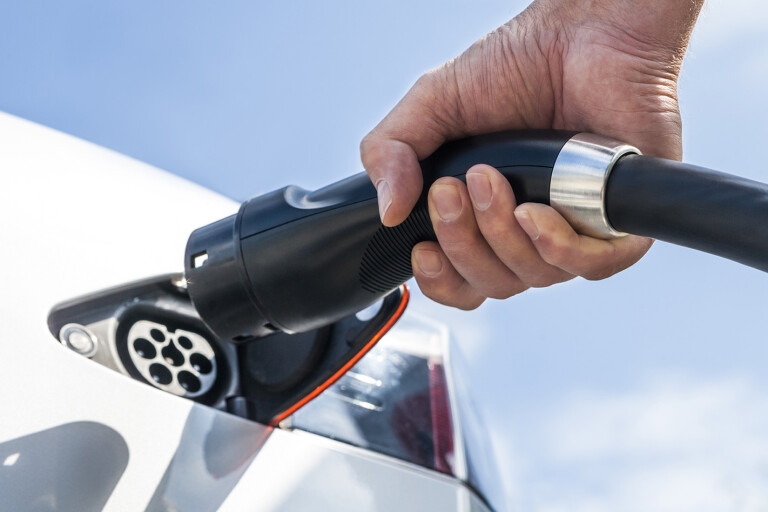
2️⃣ Type 2 AC
Also referred to as the IEC 62196 or Mennekes plug, this is the standard port in Australia and Europe for AC charging and is used by all car manufacturers selling a new EV here today.
The Type 2 plug has a seven-pin design, with five power pins to support three-phase charging.
While older Tesla Model S and Model X EVs sold here use a Type 2 plug, it has modified the connector with a notch at the top to ensure only they can access the Tesla Supercharging network (although trials are underway to open it up to all EV models).
All plug-in hybrid models in Australia are equipped with Type 2 charging ports. EVs with CCS2 sockets (see below) can accept Type 2 plugs.

AUSTRALIAN STANDARD: CCS2
Short for Combined Charging System, CCS can be used for AC and DC chargers.
This is the most common charging port type in Australia, as nearly all models sold here adopt this standard and all DC fast chargers have a CCS2 connector.
CCS2 extends the bottom of Type 2 with two pins in order to DC fast-charge.
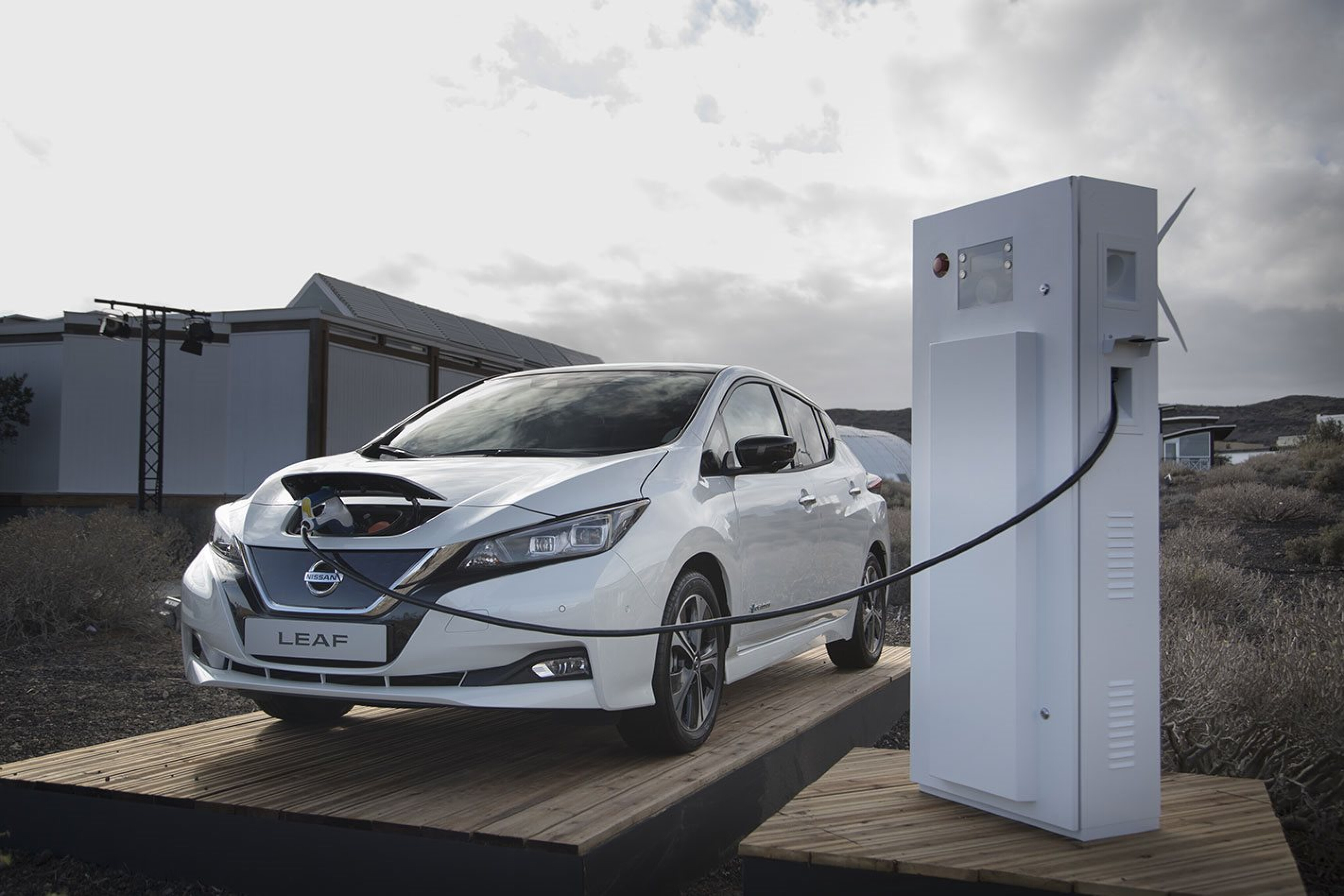
CHAdeMO
This is an abbreviation for Charge de Move, which is French for 'move using charge'. It is a rare DC port standard found in most Japanese-built EVs and PHEVs, such as the Nissan Leaf, Mitsubishi Eclipse Cross PHEV and Lexus UX300e. However, the latest Nissan Ariya EV has shifted to CCS2 and older Tesla models can use a CHAdeMO via an adapter.
Public charging stations in Australia still mostly offer a CHAdeMO cable since any that are co-founded by the Federal government’s Australian Renewable Energy Agency (Arena) need to follow guidelines set by the Federal Chamber of Automotive Industries (FCAI) back in 2017. But, some other fast charging providers have emerged only offering CCS2 plugs.
Most vehicles with CHAdeMO sockets also come equipped with the standard Type 2 socket for AC charging.
More EV stories to help you choose the best car for your needs
🚘 EV news, reviews, advice & guides
- ❓ Short & sweet: Your EV questions answered
- ⚡ New EVs: Everything coming to Australia
- 🥇 Australia's EVs with the longest driving range
- ⚖️ Best-value EVs by driving range
- 💰 How much do EVs cost in Australia?
- 😰 How much more expensive are EVs?
- ⚖️ Number crunching: Is it time to switch to an EV?
- ♻ Should you buy a used EV?
- 🛡️ Are EVs more expensive to insure?
- 🆚 Costs compared: Charging an EV vs fueling a car
- 📖 EV charging guide
- 👨🔧 EV servicing explained
- 🔋 EV battery types explained
- 🪫 When do EV batteries need replacing?
- 🆚 Hydrogen v EVs: What's best for Oz?
- 🌏 How sustainable are EVs, really?
COMMENTS